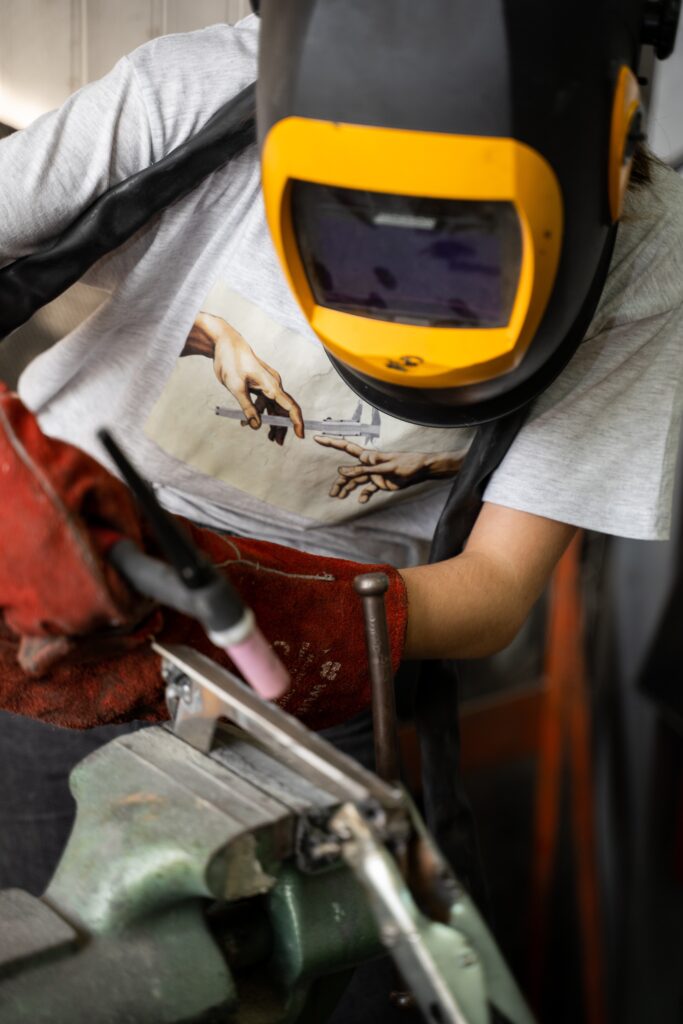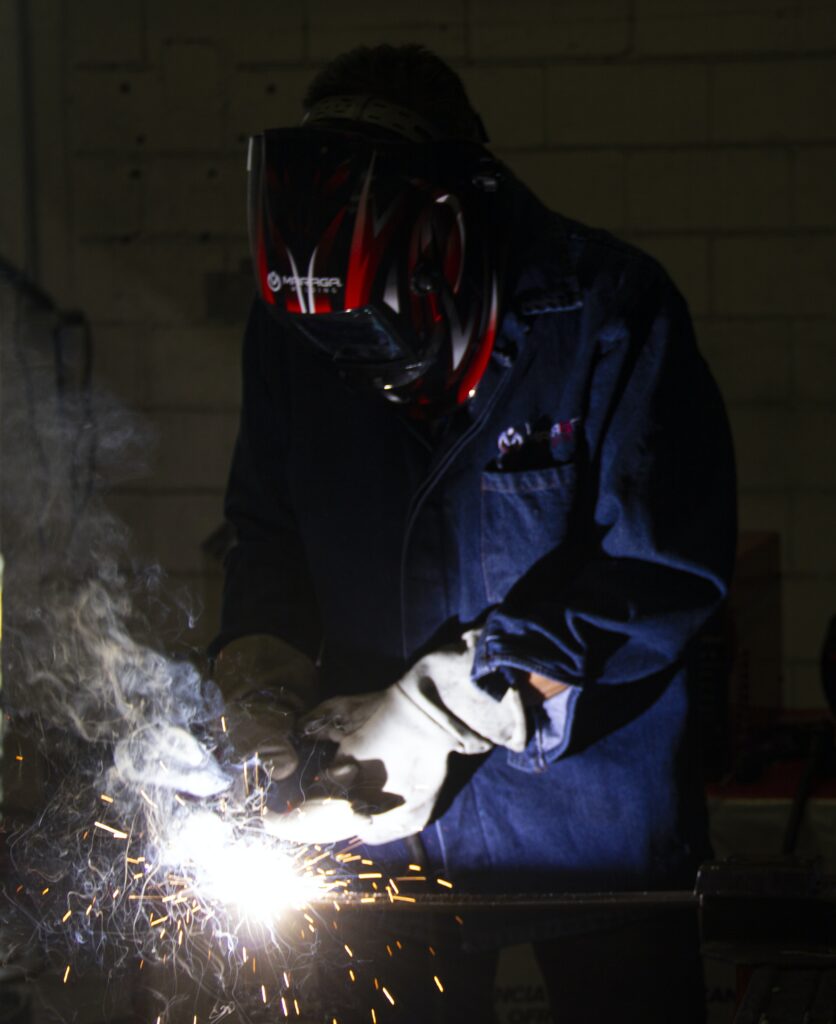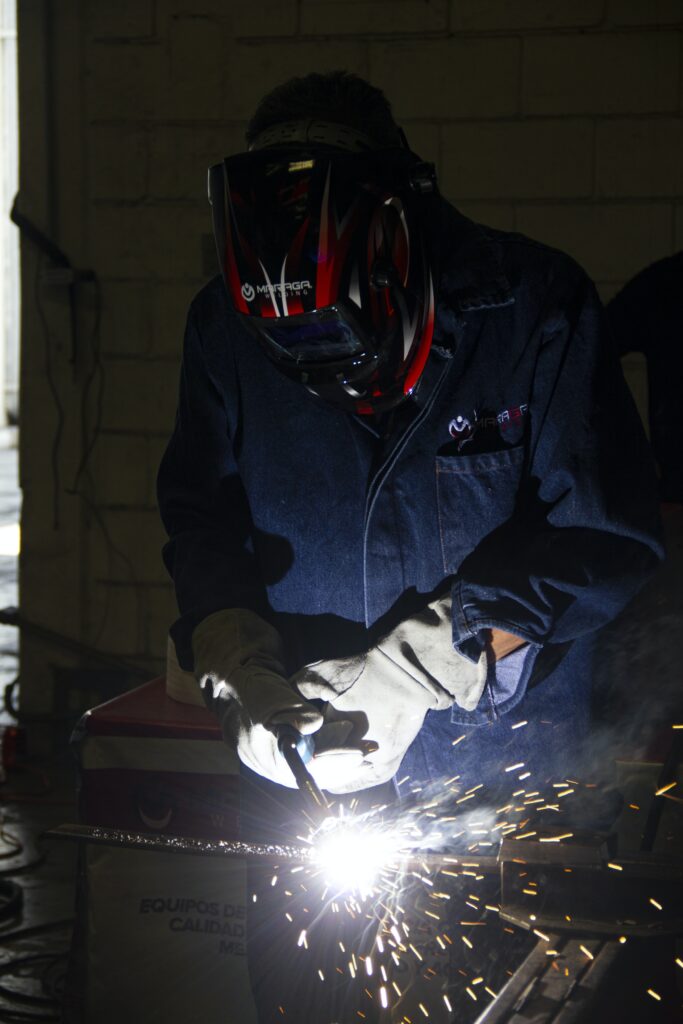Eager to forge a future in the field of welding? You’re in the right place to learn about the timeline for a welding apprenticeship! This article outlines the duration and stages of a welding apprenticeship to help illuminate your path towards mastering this in-demand, craftsman skill. Buckle up as we shed light on the commitment needed to shape metal like a pro!
Understanding Welding Apprenticeship
Before you jump in to welding as a profession, it’s crucial to understand what a welding apprenticeship entails. Let’s break it down.
Definition of welding apprenticeship
A welding apprenticeship is a type of work-study program where you, as an apprentice, get the chance to learn a skilled trade directly from industry professionals. Think of it as paid on-the-job training. You get to learn and develop your welding skills while also earning a living. It’s an ideal way for you to engage in direct experience in the industry, under the watchful eyes of seasoned welders.
Benefits of welding apprenticeship
Apprenticeships are beneficial in so many ways. Upon completion of a welding apprenticeship, you will have gained both the theoretical knowledge and practical skills needed to excel as a welder. This on-the-job training also provides a real-world understanding of the trade that you can’t get in a traditional learning environment. Plus, it adds remarkable value to your resume, proving that you have the hands-on experience necessary for the job.
Different types of welding apprenticeships
There are diverse types of welding apprenticeships to consider, including Shielded Metal Arc Welding, Gas Tungsten Arc Welding, Flux Cored Arc Welding, and Gas Metal Arc Welding apprenticeships. Each type focuses on different methods of welding, so you can choose based on your interest or career outlook.
Duration of a Welding Apprenticeship
So, how long does it typically take to complete a welding apprenticeship?
General timeline for welding apprenticeship
The timeline can range from two to five years, depending on the specific program and the various types of welding you’re looking to learn. This duration involves both classroom learning and hands-on training.
Factors that influence the length of the apprenticeship
Several factors can affect the length of your apprenticeship. These may include the complexity of the welding skills you’re learning, the amount of time you invest weekly, and the pace at which you can competently grasp and demonstrate the required skills.

Requirements to Join a Welding Apprenticeship
Wondering what it takes to qualify for a welding apprenticeship? Here’s the lowdown.
Basic qualifications needed
The basic qualifications required for a welding apprenticeship can include a high school diploma or equivalent, being of a minimum age (usually 18), and having certain math skills. Knowledge in areas like physical sciences and mechanical drawing can also be beneficial.
Physical fitness requirements
Being physically fit is also key as welding involves lifting heavy objects, standing for long periods, and often working in uncomfortable positions.
Importance of having mechanical aptitude
A good mechanical aptitude is essential in this line of work. Problem-solving and troubleshooting are crucial elements of a welder’s job. You’ll need to understand how different machines work, make necessary adjustments, and resolve issues that may arise.
Details on the Welding Apprenticeship Curriculum
Let’s take a closer look at the curriculum specifics of a welding apprenticeship.
Study modules description
In a typical welding apprenticeship, the curriculum would cover both theoretical and practical study modules. You may learn about technical blueprints reading, principles of metallurgy, wielding controls, safety practices, and welding machinery.
Practical vs theoretical learning
While theoretical learning provides the necessary background and understanding of the trade, practical modules offer hands-on experience. You get the chance to apply what you’ve learned, under the close supervision of experienced welders.
Specialized areas of training
Depending on your apprenticeship type, specialized training areas might include high-pressure welding, overhead welding, pipe welding, and more.

The Process of Joining a Welding Apprenticeship
Getting ready to apply for a welding apprenticeship? Here’s what you need to know.
How to find available apprenticeships
To find available apprenticeships, check with local trade unions, vocational schools, welding organizations, and job fairs. Many companies also list apprenticeship opportunities on their websites or on job boards.
Application process details
Generally, the application process involves submitting a form with personal details, educational background, and any prior related experience. You may need to take a skills test and go through an interview.
Selection procedure
Once your application is submitted, it’ll be reviewed and if you meet the basic qualifications, you’ll be called for an interview or a testing phase. However, not everyone is selected for an apprenticeship, so do your best in every step of the process.
Review of Daily Tasks during Apprenticeships
What does a typical day during a welding apprenticeship look like? Let’s delve into the daily tasks.
Expectations for apprentices
As an apprentice, you’ll be expected to perform various duties like welding metal parts, operating welding machine equipment, inspecting structures, reading blueprints and sketches, and maintaining a safe work environment.
Role of experienced welders
Experienced welders will guide you during your apprenticeship. They will demonstrate techniques, supervise your work, provide feedback, and facilitate your learning process.
Real-life project work
Part of your apprenticeship will involve working on real-life projects which could range from constructing metal frameworks to repairing faulty metal elements. This is where you will gain your much-needed hands-on experience.

Assessments and Graduation from Apprenticeship
Eager to complete your apprenticeship? Here’s a sneak peek of what to expect before you graduate.
Types of assessments used
Assessments can include practical tests, written exams, and performance evaluations. These tests are designed to measure your proficiency in a variety of welding techniques and your knowledge of safety protocols among other things.
Skills and knowledge evaluation
Many apprenticeships use a blend of skills and knowledge evaluations to assess your competence. You will be evaluated on your ability to perform the welding techniques correctly, safely, and efficiently. You’ll also be tested on your theoretical understanding of the trade.
Graduation requirements and celebration
Graduation requirements typically include successful completion of both theoretical and practical assessments and meeting all program requirements. Then, it’s time to celebrate! You’ve earned your status as a qualified welder.
Employment Opportunities after Apprenticeship Completion
Post-apprenticeship, it’s time for job hunting.
Job availability and market situation
The job market for welders can vary depending on your location, but generally, the demand for skilled welders is high. After completion of an apprenticeship, jobs might range from being a welder, cutter, solderer, to a brazer.
Promotion opportunities
After gaining some experience, you may have opportunities for promotion. For instance, you might progress to a supervisory or managerial role, or specialize in a specific type of welding.
Role of networking in employment
Networking plays a vital role in employment. Make connections with professionals in your field during your apprenticeship. They might know of job openings or be able to provide references that can help you land your next position.
Salary Expectations After Welding Apprenticeship
Wondering about your potential income after completing your apprenticeship?
Range of salary expectations
As a beginner welder, your pay might start on the lower end but don’t be discouraged. With time and experience, your wage is expected to increase. The salary range for welders can differ greatly depending on various factors.
Factors affecting wages
Factors affecting wages may include the region in which you work, your level of experience, the complexity of the welding jobs you perform, and even the industry in which you are employed.
Salary increment opportunities
Opportunities for salary increments appear as your experience and expertise grow. Specializing in a specific type of welding or gaining additional certifications can also increase your salary potential.
Continuing Education and Career Advancement
Advancing your career doesn’t stop once you begin working.
Pursuing further studies after apprenticeship
After your apprenticeship, you can choose to further your studies in welding, which can lead to more advanced roles and financial benefits. Enrolling in specialized welding programs can support your learning and give you an edge in the job market.
Benefits of continued learning
Continued learning keeps you updated with the latest welding technologies and methodologies. It supports your professional growth and boosts your opportunities for career advancement.
Career advancement opportunities in welding
Welding offers diverse opportunities for career advancement. With continued learning and experience, you can advance to supervisory roles, inspector positions, or even start your own welding business!
In the end, a welding apprenticeship is a rewarding pathway that offers a blend of learning, earning, and hands-on experience. It can be a springboard for a successful and fulfilling career. Now with all these insights, you’re prepared to embark on your welding career journey. Happy welding!
